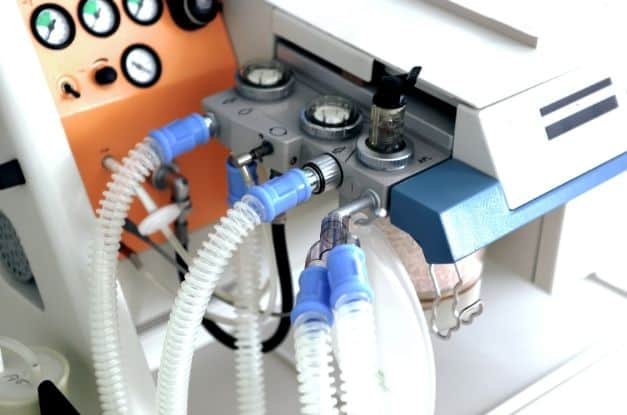The topic of respiratory ventilators has come up in conversation far more in the last few months than it has in the eighty years since the machine’s invention. But despite all the conversations about ventilators, a majority of people outside the medical field know very little about respiratory ventilators. Because this lack of information leads to greater fear, this is what to know about respiratory ventilators.
When Are Patients Put on Ventilators?
Patients on respiratory ventilators typically have medical conditions that target the lungs. The use of a respirator would be necessary if a patient experiences respiratory failure to the point where their lungs cannot get enough oxygen to meet their body’s needs. Respiratory failure may also occur after surgeries or severe injuries, so respirators may be appropriate in these instances as well.
How Do Ventilators Work?
Patients connect to a ventilator through two tubes: a nasogastric tube, which goes through a patient’s nose and into their stomach, and an endotracheal tube, which goes into a patient’s mouth and down their windpipe. By using positive pressure, ventilators push air and oxygen gently into the lungs and then, if necessary, aid in removing carbon dioxide from the lungs at a steady rhythm.
Different ventilators may provide different breathing rates and oxygen amounts, and doctors will choose a ventilator based on the needs of the patient.
What Should Patients Expect While on a Ventilator?
Patients on ventilators often experience a good deal of discomfort. Because they cannot leave the machine, they are not able to get up. And because of the nature of the endotracheal tube, patients on ventilators can’t speak or eat. If a patient is on a ventilator for an extended length of time, they may require a feeding tube as well.
When Are Patients Taken off the Ventilator?
Once a patient can breathe on their own, the ventilator is no longer necessary. The removal process doesn’t happen immediately, however. Patients are typically weaned off the ventilator, bit by bit, until doctors are sure that they can breathe without it.
After patients are no longer on a respirator, it’s common to have some difficulties readjusting to breathing on their own in uncontrolled amounts. Patients still require careful monitoring when first taken off the ventilator and sometimes receive supplemental oxygen through a mask for a short time. They may also find their voices hoarse for a while, and they may experience a fear of being unable to breathe.
The conditions surrounding the necessity of a ventilator can often be traumatic. Because of that, it’s natural to fear them. However, the important thing to know about respiratory ventilators is that, despite their discomfort, their function is to save lives. If you or a loved one requires the use of a ventilator, you can know that it is giving them the best chance to heal.







1 thought on “Breath of Life: What To Know About Respiratory Ventilators”
Comments are closed.